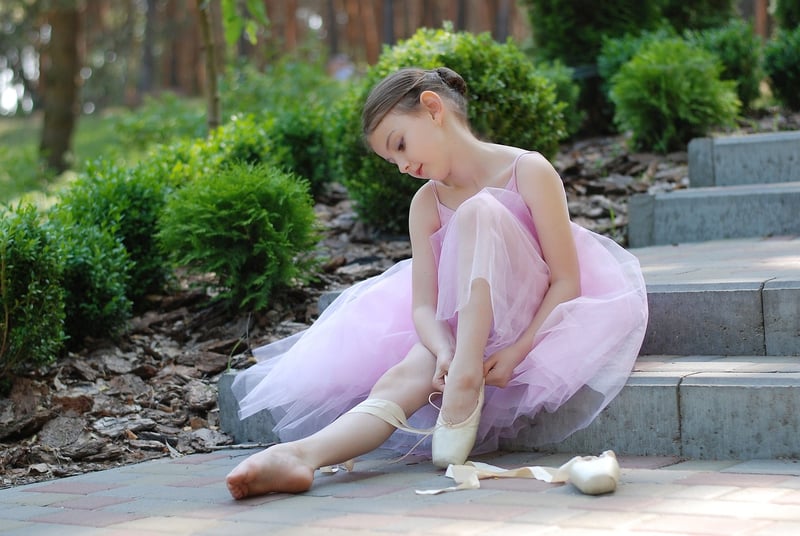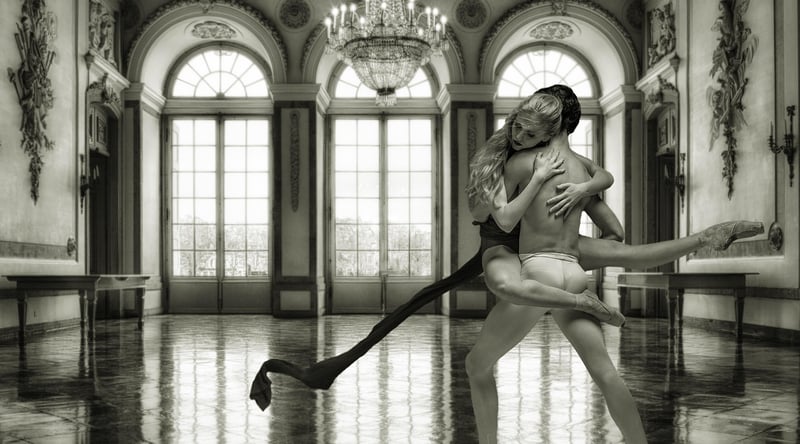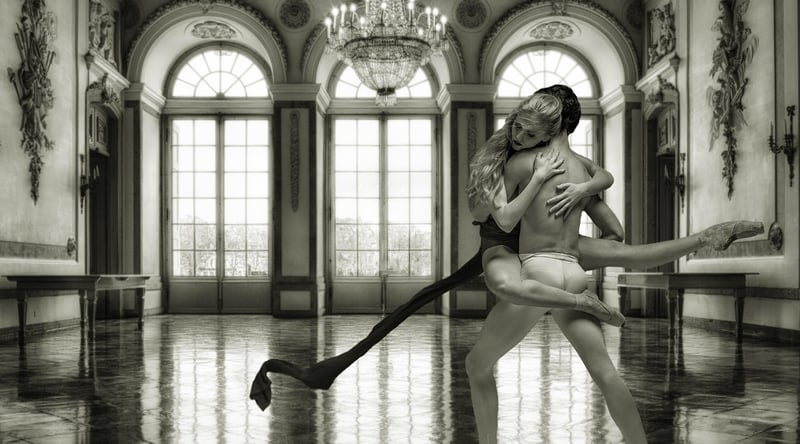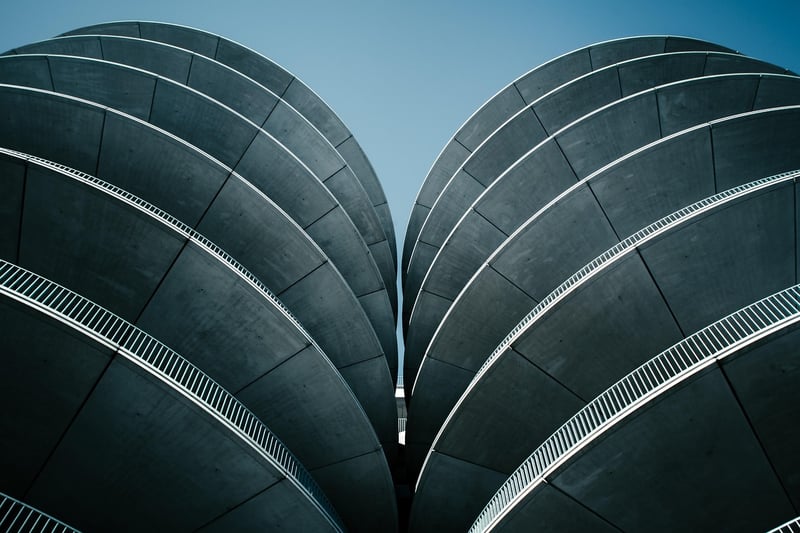Contemporary
Exploring Expression through Movement in Contemporary Art
Contemporary art has evolved to encompass a wide array of mediums and forms of expression. One such form that has gained significant popularity is the use of movement as a means of artistic expression. Artists across the globe are exploring the intersection of movement and art, creating captivating works that challenge traditional notions of visual representation.
The Power of Movement
Movement in art adds a dynamic element that engages the viewer on a visceral level. Whether it's through dance, performance art, or kinetic sculptures, movement brings a sense of life and energy to the artwork. Artists use movement to convey emotions, tell stories, or provoke thought, creating a unique and immersive experience for the audience.
Exploring Boundaries
Contemporary artists are pushing the boundaries of traditional art forms by incorporating movement into their work. Through a combination of technology, choreography, and visual arts, these artists are creating multidimensional pieces that blur the lines between different disciplines. This fusion of movement and art challenges viewers to rethink their perceptions and invites them to engage with the artwork in new and exciting ways.
Examples of Movement in Contemporary Art
- Marina Abramović: Known for her groundbreaking performance art, Abramović often uses her body as a medium to explore the limits of human endurance and the power of presence.
- William Forsythe: A renowned choreographer who combines dance, music, and visual art to create innovative and thought-provoking performances that redefine the boundaries of contemporary dance.
- Anthony McCall: McCall's "solid light" installations use projected light to create ethereal shapes that transform physical space and invite viewers to interact with the artwork through their own movements.
Embracing the Future
As technology continues to advance, the possibilities for incorporating movement into contemporary art are endless. From interactive installations that respond to the viewer's movements to virtual reality experiences that transport audiences into new worlds, the future of movement in art is bright and full of potential.
If you're interested in exploring the world of movement in contemporary art further, check out some of the mesmerizing images below for inspiration:



Let these captivating images inspire you to explore the world of movement in contemporary art and discover new ways to express yourself through artistic motion.
Remember, art knows no bounds, and through movement, we can create a language that speaks to the soul.
